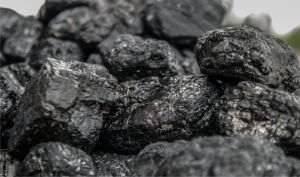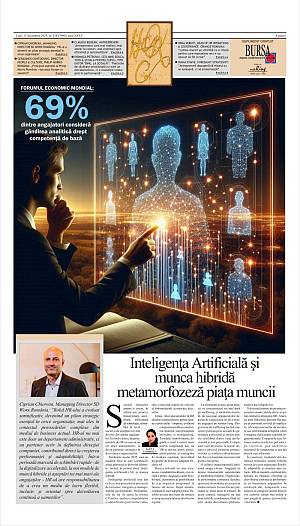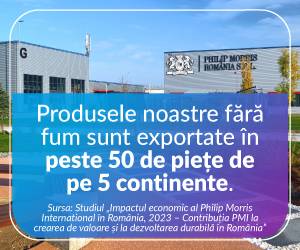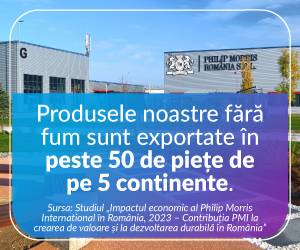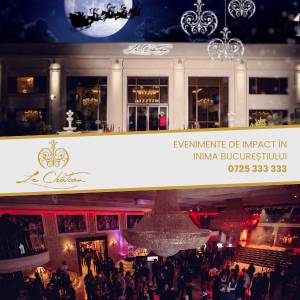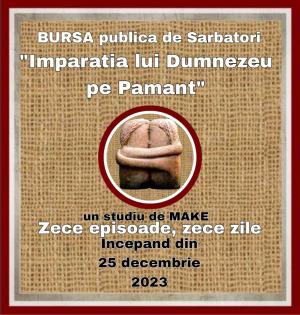An invention that seems to be straight out of a science fiction movie is taking shape in laboratories in Hefei. Chinese engineers have created a machine capable of turning lunar dust into solid bricks, without additives and with zero chance of cracking in the first... lunar rain, reports Xinhua news agency.
• From regolith to cosmic real estate
In an attempt to take real estate where no developer has ever gone before, Chinese researchers have presented a machine capable of melting and shaping regolith - the dusty layer that covers the surface of the Moon - using only solar energy. "This is a system for in-situ 3D printing lunar soil,” said Yang Honglun, chief engineer of the Deep Space Exploration Laboratory (DSEL), an institution with a name as ambitious as its purpose.
• Moon bricks: natural, organic and zero emissions
The phenomenal machine works with a parabolic reflector that concentrates sunlight up to 3,000 times and sends it through a fiber optic beam, thus melting the lunar soil to over 1,300 degrees Celsius. The result? Hard, dense bricks, 100% regolith, without Es, without cement and, unfortunately, without mortar. But the researchers warn: these bricks are not yet good for putting in the wall. "They will be used as protective layers for pressurized habitats," said Yang, putting an end to the dreams of lunar apartments in Airbnb mode.
• Construction sites on the Moon and deadlines until 2035
The project is part of the ILRS initiative - the International Lunar Research Station, which China wants to build in two stages. The first, by 2035, will be the "base model", located at the south pole of the Moon. The second, around the 2040s, will bring the "extended model,” for those who want more than just a studio with a view of the crater. So far, 17 countries and over 50 research institutions have joined the project. It is not known how many of them have actually plastered anything.
• Tests continue, in space and on social media
The first simulated regolith bricks have already been sent to the Tiangong space station, where they will be exposed to radiation, cosmic vacuum and other delights of extraterrestrial life. Their resistance, thermal performance and, presumably, how well they stack on top of each other are being tested. In the meantime, ordinary Chinese are following the project's progress with fascination (and a touch of skepticism). "At the prices they are on Earth, maybe the Moon is an alternative,” commented one user on Weibo.
The Chinese project is not just a technological demonstration, but a piece in a much larger geopolitical puzzle, in which great powers seek influence where gravity is lower, but the stakes are huge. It remains to be seen whether these bricks will form the basis of the first lunar neighborhood or will be just another collection of space souvenirs. Until then, on Earth, the idea of building with what you have at hand remains a beautiful dream. Especially when you don't even have money for BCA.







